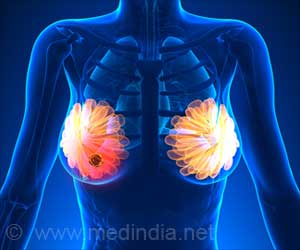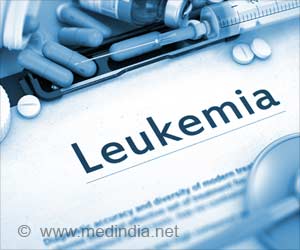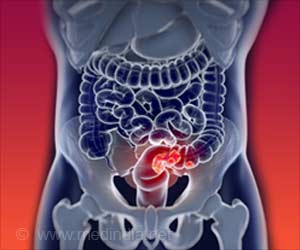Breast cancer risk is not reduced by oral contrceptive use in genetically challenged women, as the female breast is strongly vulnerable even to a slight imbalance of liganded and unliganded ER activations.

TOP INSIGHT
The DNA protective effect of high estrogen concentrations improves all physiologic functions of healthy cells, while suppressing the survival possibility of cancer cells in a Janus-faced manner.
Increased estrogen concentrations amplify both ER expression and estrogen synthesis strongly upregulating the ER signaling and genomic stabilization.
Experimental studies reveal a strong interplay between liganded and non liganded transcriptional activations of ERs and a conspicuous primacy of the ligand dependent AF2 function of ERs was established. In turn, the activated AF1 domain of ERs is capable of recovering the moderately defective function of AF2 domain, while the complete blockade of AF2 function may not be compensated even in a highly estrogen rich milieu.
The development of false synthetic estrogens, included ethinylestradiol, may be regarded as a pharmaceutical mistake. In breast cancer cells, low doses of synthetic estrogens exert an inhibitory effect on the ligand independent AF1 domain, while provoke compensatory activations on the superior, ligand dependent AF2 domain of ERs and estrogen synthesis. Estrogen-like effects of oral contraceptives (OCs) comprising of low ethinylestradiol doses may strongly reduce the risk of endometrial and ovarian cancers even in anovulatory women with various genetic defects affecting ER signaling. OC use provokes a compensatory upregulation of the weak liganded activation of ERs in BRCA mutation carriers leading to a strong decrease in the risk of ovarian cancer. High doses of synthetic estrogens induce uncompensated genome wide, chaotic disorders in ER regulated genes leading to serious toxic symptoms, unreckonable tumor responses and even to the development of new malignancies. Carcinogenic processes induced by high doses of synthetic estrogens were mistakenly evaluated as obvious consequences of the uncontrolled activation of many estrogen regulated genes. In reality, in tumor cells treated with high dose ethinylestradiol, a hardly compensated blockade of the AF1 domain of ERs strengthens the disturbances of both cellular metabolism and interactions of ERs with DNA.
Use of antiestrogens as anticancer agents is a medical mistake based on an old misbelief suggesting the carcinogenic capacity of high estrogen concentrations. Antiestrogens, either ER blockers or aromatase inhibitors crudely inhibit the predominant, liganded activation of ERs strongly endangering the defense of genomic machinery. In genetically proficient patients, antiestrogen treatment leads to compensatory activations of ERs, GFRs and aromatase enzyme synthesis transiently upregulating both liganded and unliganded ER signaling and promoting tumor responses. By contrast, in genetically challenged patients, the chaotic mixture of artificial ER blockade and the weak compensatory activation of ERs may lead to toxic symptoms, unreckonable tumor responses or aggressive tumor growth. In antiestrogen resistant tumors, the markedly increased expression of GFRs was mistakenly regarded as a switch towards an adaptive survival technique and a key for acquired antiestrogen resistance. In reality, the amplified GFR signaling serves as a strong compensatory increase in the non liganded activation of ERs even when it is not satisfactory for the restoration of genomic stability and for self directed tumor cell death.
Source-Eurekalert
 MEDINDIA
MEDINDIA




 Email
Email










